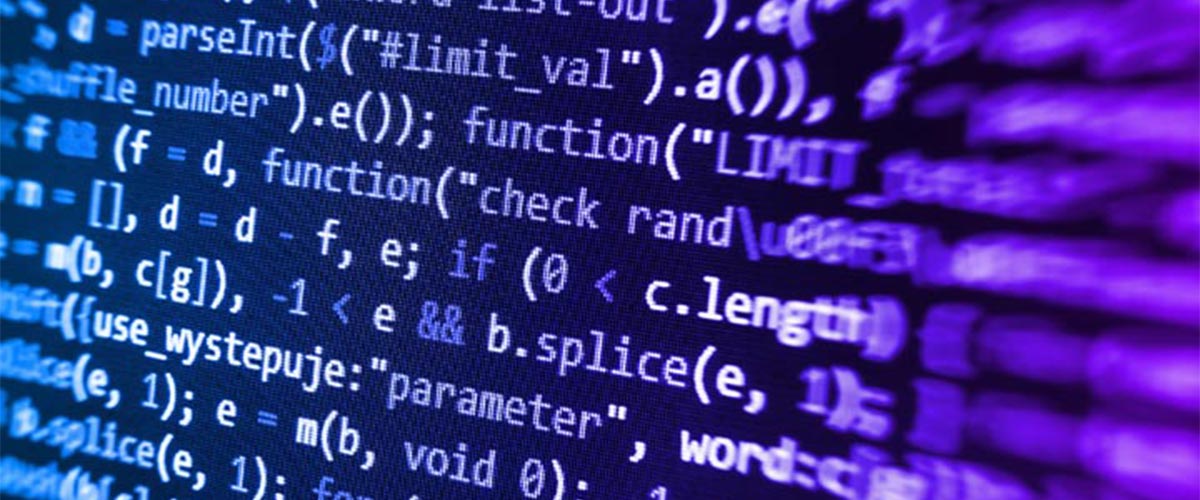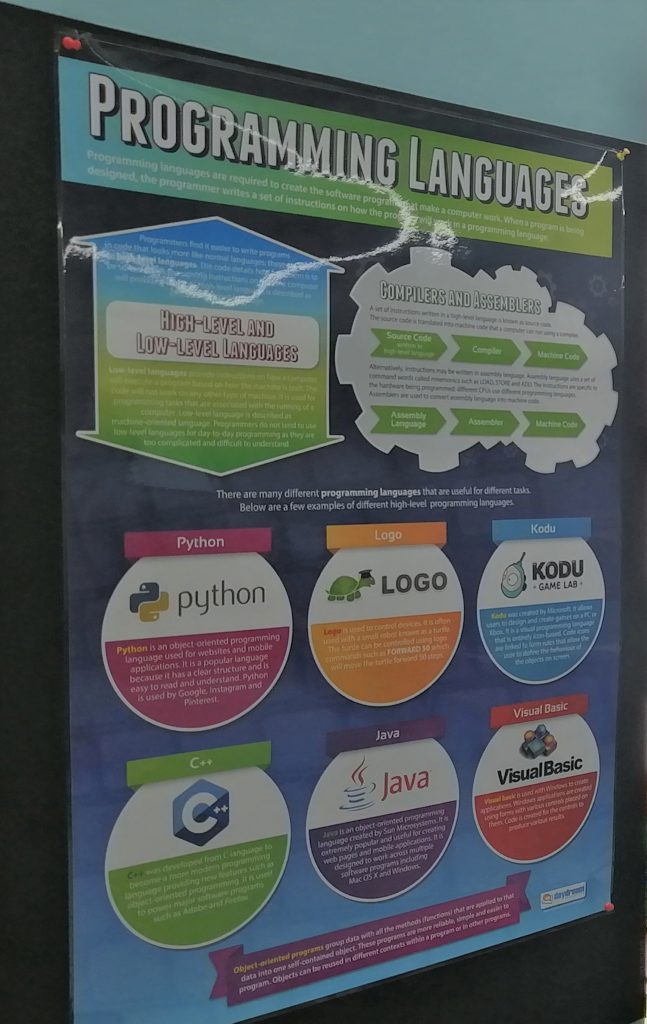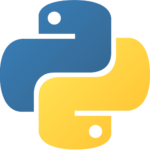
Programming

High-Level and Low-Level Languages
The main difference between a high-level language and a low-level language is that we can easily understand, interpret, or compile the high-level language in comparison to the machine. In GCSE the choice of language is Python, while in the IB they prefer the use of Java. You will mostly learn high-level languages with the exception of some Assembly languages in the CIE A-Level course. Check out some examples at the bottom of this page.
Some Popular high-level Programming Languages
- C, C++, C#
- Python
- Java
- JavaScript
KS3
Python Basics Workbook
Here is a nice workbook to get Key Stage 3 (and beginner KS4 students) students started with Python. Links to video tutorials are included too. Excellent for beginners. The tutorial code is available on my GitHub here. I have also uploaded an easy-to-use Python Cheatsheet for quick referencing.
GCSE (Python)
Restricted
You must be logged in with a premium account to view this content. Click here to visit our shop.

Free: The crash course in Java is free! but it is still a work in progress.
Example Programs
Check out my GitHub for more code examples in Python and Java. IGCSE code examples here.

Python
- Magic 8 Ball (Basic IF/ELIF) Replit
- GCSE Pre-Release Task: Cow’s Weekly Milk Yield Replit
- GCSE Pre-Release Task Summer ’18: Computer Components Replit
- GCSE Pre-Release Task Winter ’18: Food Menu (Not finished) Github
- OCE GCSE Embedded System Quiz Replit
- Bouncy Ball using Pygame Replit
- GCSE “How to Code in Python” workbook – All Programming Challenges Replit
- Fibonnaci tracing using Python Turtle Replit
- Fibonnaci (Using Recursion) Replit
- Djikstra’s Algorithm Replit
- Koch Snowflake using Turtle Replit
- Maths Program (Demonstrating Functions) Replit
- Gas Bill Savings (Basic Maths) Replit
